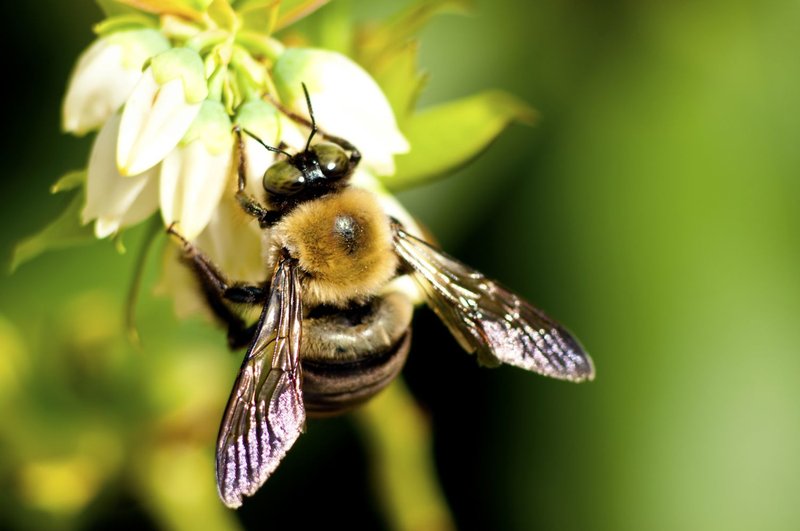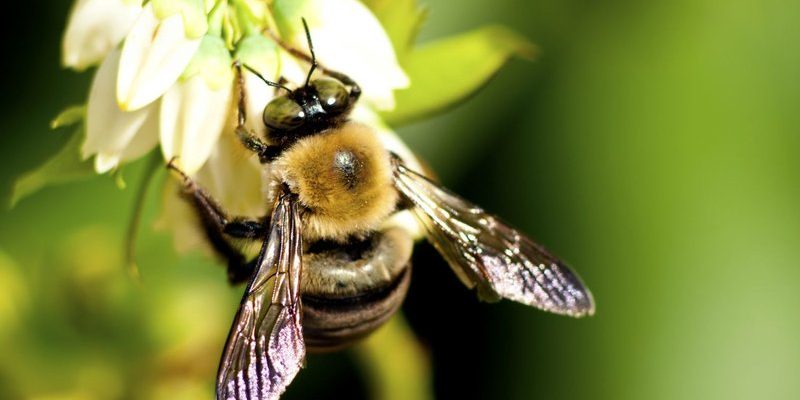
You might be wondering why bees matter so much. Well, they play a critical role in food production and maintaining healthy ecosystems. Without them, many plants—including fruits and vegetables—would struggle to reproduce. So, let’s explore ten intriguing things about bees that you probably didn’t know, and trust me, you’ll come away with a newfound appreciation for these essential insects.
1. There Are Over 20,000 Bee Species
Did you know that there are more than 20,000 species of bees worldwide? This number is astonishing when you think about it. While we often picture honeybees buzzing around, most bees are solitary and don’t live in hives. Some of the most common types include bumblebees, carpenter bees, and mason bees. Each species has its own unique traits and habits, which helps them thrive in various environments.
Most people are familiar with honeybees due to their association with honey production. However, bumblebees are excellent pollinators for crops and wild plants. They can even “buzz pollinate,” a technique that releases pollen by vibrating their bodies. This makes them incredibly effective at ensuring plant reproduction, contributing to the richness of our ecosystems.
2. Bees Communicate Through Dance
Here’s the thing: bees don’t just buzz to communicate—they dance! When a bee discovers a rich food source, it performs a “waggle dance” to inform others in the hive. This dance conveys information about the distance and direction of the flowers. It’s like a tiny GPS system, but instead of clicking a button, they’re wiggling their behinds!
The dance has specific movements. If the food source is close, they’ll do a short, quick dance. If it’s farther away, the dance lasts longer. This behavior showcases the incredible social structure within a bee colony, emphasizing teamwork in their quest for food.
3. Worker Bees Are All Female
You might find it surprising that the worker bees, who do all the foraging and hive maintenance, are all females. The colony consists of a queen bee, female worker bees, and male drones. The queen’s primary role is reproduction, while the worker bees handle everything else, from gathering nectar to protecting the hive.
Interestingly, worker bees live only for a few weeks during the busy summer months. They pour their lives into their work, literally sacrificing themselves for the colony. In contrast, the queen can live for several years, constantly laying eggs to maintain the hive’s population.
4. Bees See Colors Differently
Bees have a unique way of seeing the world, which might surprise you. They can see ultraviolet (UV) light, a spectrum that’s invisible to humans. This ability helps them locate flowers because many plants have patterns that guide bees to their nectar. When you look at a flower, you might see a simple decorative pattern, but to a bee, it’s like a bright neon sign saying, “Come here for a tasty treat!”
This different vision also means bees can be drawn to certain flowers over others based on their color patterns, helping with pollination. Isn’t it fascinating to think about how their world is so richly layered compared to our own?
5. Honey Never Spoils
Here’s a sweet fact: honey never spoils! Archaeologists have discovered pots of honey in ancient Egyptian tombs that are over 3,000 years old and still perfectly edible. This is due to honey’s low moisture content and acidic nature, which make it an inhospitable environment for bacteria and other microorganisms.
If you’ve ever noticed crystals forming in your honey, don’t worry—it’s not gone bad! Simply placing the jar in warm water can bring it back to its smooth, liquid state. So, you can enjoy that golden goodness for a lifetime, and then some!
6. Bees Play a Key Role in Food Production
You might not think about it when you bite into an apple or a strawberry, but bees are essential for producing many of our favorite foods. Around one-third of the food we eat relies on pollination by bees. Crops like almonds, blueberries, and cucumbers depend heavily on bee activity for fruit development.
Without bees, many of these plants would struggle to reproduce, leading to lower crop yields and a decrease in food variety. It’s a chain reaction; fewer crops mean less food for us and other wildlife. So next time you enjoy a fresh fruit salad, take a moment to thank the bees for their hard work!
7. Some Bees Don’t Make Honey
While most people associate bees with honey production, not all bees make it. In fact, only honeybees and a few other species, like stingless bees, are known for producing honey. Many solitary bee species, like mason bees, primarily focus on pollination without any honey-making capability. They gather nectar and pollen to feed their young, but they don’t store it for future use.
This means that the landscape of bees is much richer than just the honey-producing variety. So, the next time you think about bees, remember there’s a whole world of species out there, contributing to our ecosystems in their own unique ways.
8. Bees Can Recognize Human Faces
Believe it or not, bees can recognize human faces! Researchers found that honeybees can associate human facial features with smells. They use this ability to distinguish between flowers and identify their favorite ones. This is truly impressive, especially considering their tiny brains.
So, if you ever find yourself in a garden filled with buzzing bees, don’t be surprised if one seems to recognize you. It might just be that unique scent you carry with you!
9. Bees Are Endangered
Sadly, many bee species are facing threats that put their survival at risk. Factors like habitat loss, pesticide use, and climate change are contributing to declining bee populations. This is alarming since their pollination services are critical for food production and biodiversity.
The decline in bee populations affects not only the bees themselves but also our food systems. Farmers and gardeners alike are concerned about the potential impact on crop yields. Supporting bee-friendly practices, like planting native flowers and reducing pesticide use, can help protect these vital creatures.
10. Bees Have an Amazing Sense of Smell
Finally, bees have an incredible sense of smell that helps them thrive. They use their antennae to detect scents from far away, identifying flowers, potential mates, and even predators. This keen sense of smell is vital for food foraging and communication within the hive.
In fact, bees can even be trained to recognize specific odors, which has led to some fascinating research applications. Some studies even suggest that bees could be trained to detect certain diseases, like cancer, due to their remarkable olfactory abilities.
In conclusion, bees are truly remarkable creatures that go far beyond just making honey. From their incredible communication skills to their crucial role in our food production, they deserve our admiration and respect. By understanding more about these pollinators, we can appreciate their contribution to our world and take steps to protect them. So next time you see a bee buzzing around, remember all the amazing things they do—and maybe even give them a little thank you!

